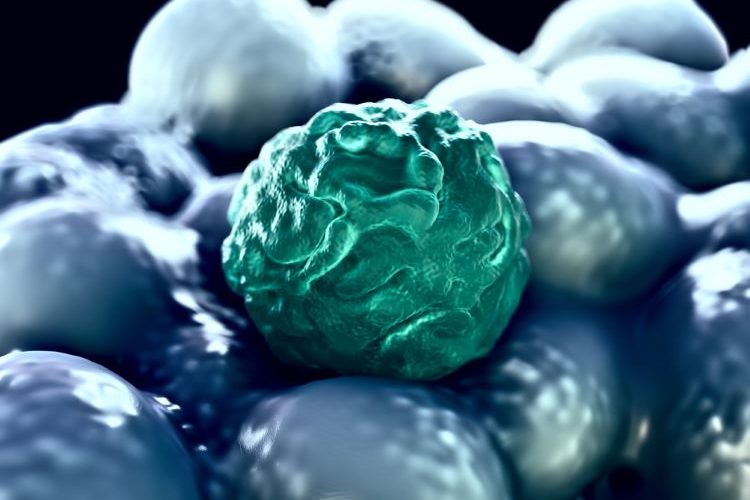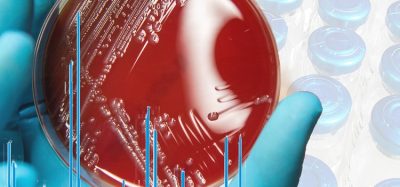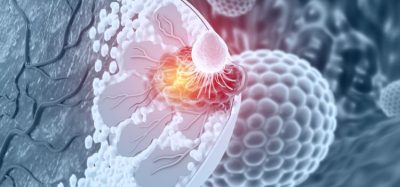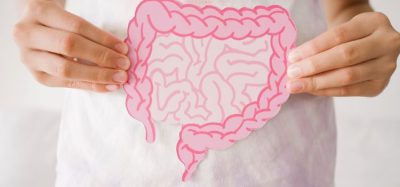First mixed race woman potentially cured of HIV
Posted: 16 March 2023 | Catherine Eckford (European Pharmaceutical Review) | No comments yet
A female patient, who had leukaemia and HIV has been potentially cured by a stem cell transplant from cord blood, scientists say.


Stem cells from cord blood have potentially cured the first mixed race female patient of HIV, scientists say.
Using these stem cells rather than from compatible adult donors, as has been done previously, increases the potential to cure HIV via stem cell transplantation in people of all racial backgrounds.”
The patient, who had leukaemia and HIV has been without HIV since 2017, because of a new method, transplanting HIV-resistant stem cells from umbilical cord blood.
Using stem cells from cord blood rather than compatible adult donors, as has been done previously, increases the potential to cure HIV via stem cell transplantation in people of all racial backgrounds.
Preliminary details on the case study were presented in February 2022 at the 29th annual Conference on Retroviruses and Opportunistic Infections. The researchers have now shared the full results in the journal Cell.
Finding the right adult donor
“The HIV epidemic is racially diverse, and it’s exceedingly rare for persons of colour or diverse race to find a sufficiently matched, unrelated adult donor,” explained Yvonne Bryson of UCLA, who co-led the study with fellow paediatrician and infectious disease expert Deborah Persaud of the Johns Hopkins University School of Medicine.
“Using cord blood cells broadens the opportunities for people of diverse ancestry who are living with HIV and require a transplant for other diseases to attain cures,” Bryson added.
Only around one percent of white people are homozygous for the CCR5-delta32 mutation and it is even rarer in other populations. This rarity limits the potential to transplant stem cells carrying the beneficial mutation into patients of colour. This is because stem cell transplants usually require a strong match between donor and recipient.
Due to the impossibility of finding patient a compatible adult donor with the mutation, the research team instead transplanted CCR5-delta32/32-carrying stem cells from banked umbilical cord blood to try to cure both the patient’s cancer and HIV simultaneously.
How the infusion of stem cells from cord blood worked
The umbilical cord blood cells were infused alongside stem cells from one of the patient’s relatives to increase the procedure’s chance of success. “With cord blood, you may not have as many cells, and it takes a little longer for them to populate the body after they’re infused,” stated Bryson. “Using a mixture of stem cells from a matched relative of the patient and cells from cord blood gives the cord blood cells a kick start.”
The transplant successfully put both of the patient’s conditions into remission, which has now lasted over four years. Thirty-seven months after the transplant, the patient was able to cease taking HIV antiviral medication. The doctors who treated the patient have observed the patient has been HIV negative for more than 30 months since stopping antivirals. At the time that the study was written, it had only been 18 months.
Stem cell transplants with CCR5-delta32/32
“Stem cell transplants with CCR5-delta32/32 cells offer a two-for-one cure for people living with HIV and blood cancers”
“Stem cell transplants with CCR5-delta32/32 cells offer a two-for-one cure for people living with HIV and blood cancers,” shared Persaud.
Persaud stated that all the successful cures so far have been with this mutated cell population. In addition, “studies that transplanted new stem cells without this mutation have failed to cure HIV.”
Instead, “This study is pointing to the really important role of having CCR5-delta32/32 cells as part of stem cell transplants for HIV patients,” Persaud added.
“If you’re going to perform a transplant as a cancer treatment for someone with HIV, your priority should be to look for cells that are CCR5-delta32/32 because then you can potentially achieve remission for both their cancer and HIV,” concluded Persaud.
This research was supported by organisations such as the National Institute of Allergy and Infectious Diseases (NIAID) and the National Institutes of Health (NIH).
Related topics
Anti-Cancer Therapeutics, Biopharmaceuticals, Drug Development, Research & Development (R&D), Stem Cells, Therapeutics
Related organisations
Johns Hopkins University School of Medicine, National Institutes of Health (NIH), The National Institute of Allergy and Infectious Diseases (NIAID)









